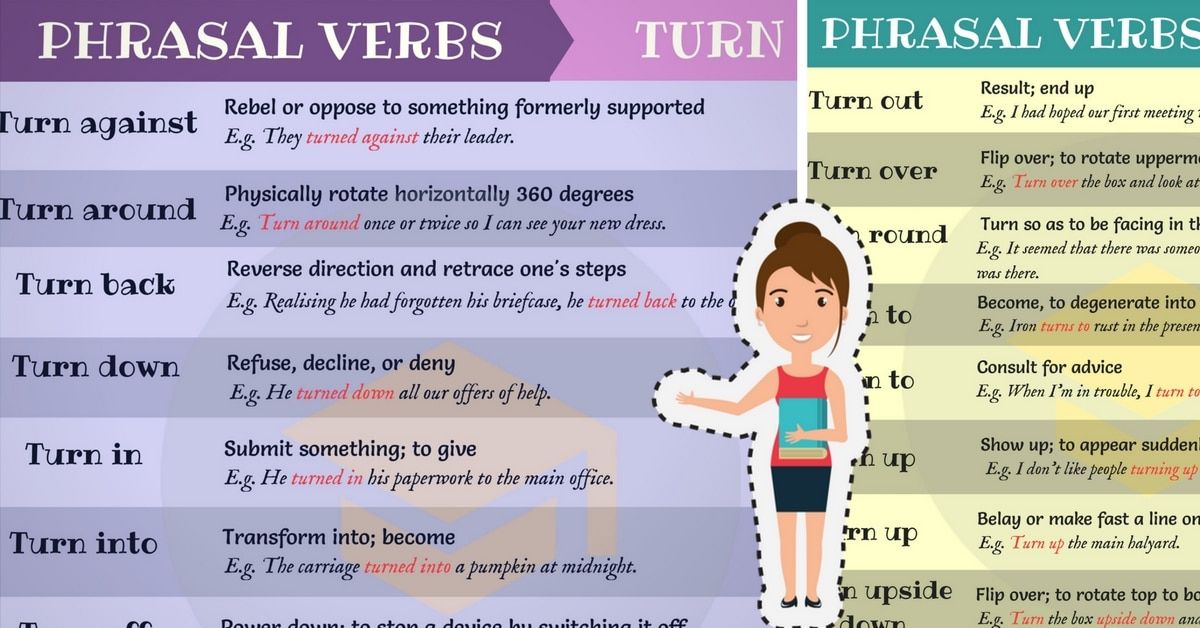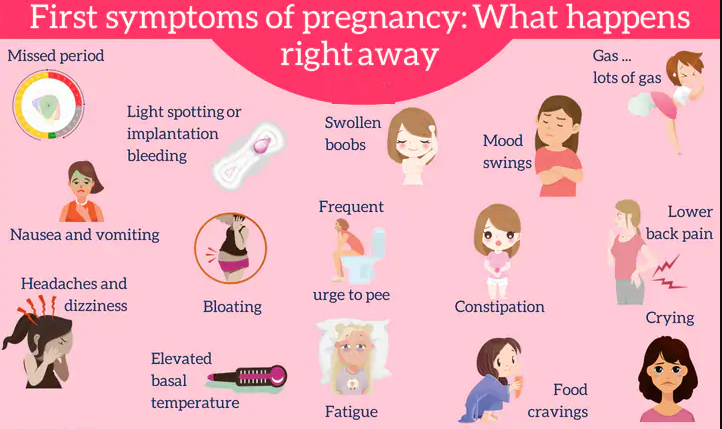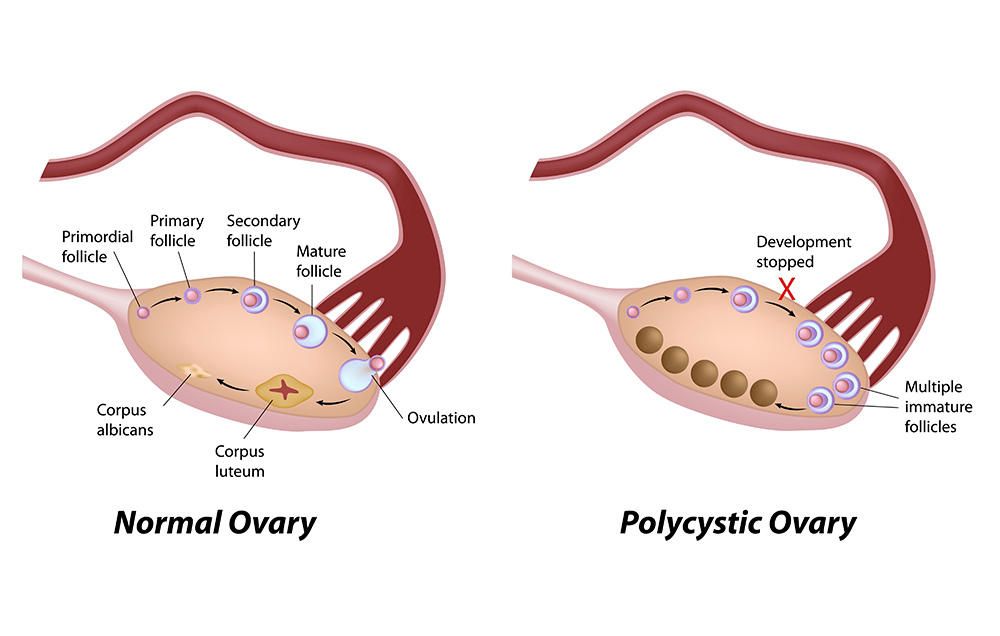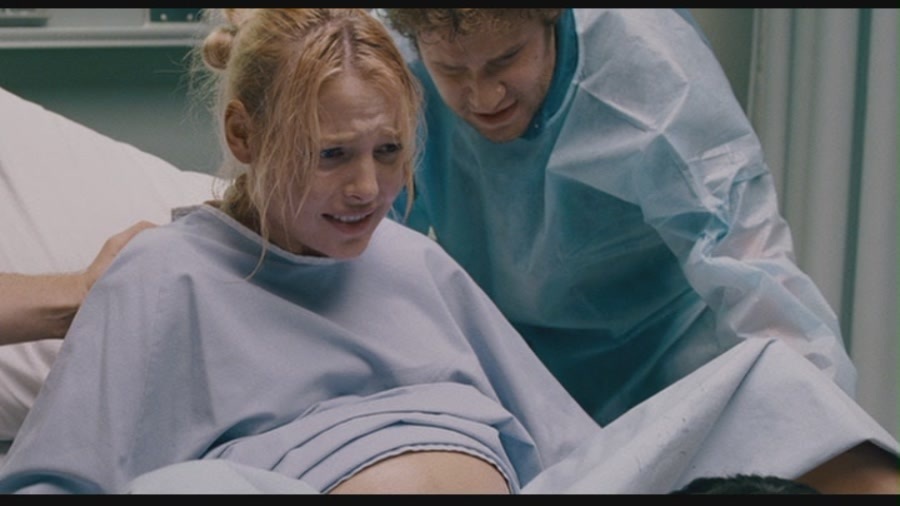When does baby turn upside down
When Does a Baby Go Head Down During Pregnancy?
- Your baby is likely to turn head down after the 20th week of pregnancy.
- A sign that your baby went head down is pelvic discomfort — your doctor can confirm via ultrasound.
- If the baby doesn't move into a head-down position, it increases the risk of a breech birth.
For the majority of your pregnancy, the baby in your womb has been dependent on you for everything. But as you near your due date, you need something in return. You need your baby to move into a head-down position.
The medical term for this is vertex presentation. And it's important because it means that during natural birth, the baby will travel through the birth canal head-first, increasing your chance of a smooth and safe delivery.
A fetus will go into head-down position between 20 and 39 weeksLuckily, babies go into a head-down position on their own in roughly 97% of pregnancies. However, exactly when they are likely to go into that position depends on how far along you are in your pregnancy.
It's different for everyone, but usually, the baby will go into the head-down position after the 20-week mark.
"As the pregnancy progresses, the likelihood that the baby will be head-down, or vertex presentation, will increase," says Gerardo Bustillo, MD, OB-/GYN at MemorialCare Orange Coast Medical Center. "Before 28 weeks, it's about a 75% chance, and at 32 weeks, which is eight weeks before the due date, it's about a 90% chance."
Full term is when you reach the 97% chance.
How to tell if your baby has gone head downSome pregnant people can feel when the baby's gone head down. When the baby's head is up, you're more likely to experience discomfort under the ribs and to feel kicking in the lower belly.
When the baby is head down, you'll probably be feeling kicking higher up in the belly, and discomfort or pressure in the pelvis rather than the upper belly. And if you can't tell for sure, your doctor will be able to.
And if you can't tell for sure, your doctor will be able to.
"Oftentimes we can tell just by examining the abdomen from the outside. Also, [a doctor] can feel a head usually during a pelvic examination because it definitely feels a lot harder than a butt or feet, but ultrasound is the gold standard for confirming the presentation," says Bustillo.
What happens when a baby doesn't go head down in timeIf your baby doesn't move into a head-down position, that increases your risk of what's called a breech birth, which is when the baby usually emerges feet or butt-first.
"A baby that's delivered either butt or feet first has a much higher risk of increased morbidity as well as mortality. The risk of asphyxia [oxygen deprivation] during labor and delivery is much higher," says Bustillo.
Not to mention, it can be a lot harder to deliver the baby in a breech position, which can result in physical trauma to both the baby and mother.
If you're getting close to your due date and the baby is breech, there are a few things you can do.
- Expectant management: This is a wait-and-see approach. There is a chance the baby can change positioning without any extra help. "About 25% of breech babies will spontaneously convert into a head-down position," says Bustillo.
- Breech exercises: You can try to do some simple movements and exercises to get the baby to change position. Every doctor may recommend a different type of exercise, but as for Bustillo, "I tell my patients to get on all fours like a cat and to kind of raise their buttocks higher than the rest of their body and just to stay in that position for five to ten minutes a couple of times a day. It's kind of an old midwifery technique."
- External Cephalic Version: This is an attempt for the doctor to physically turn the baby from the outside of your belly. However, it doesn't always work, and there can be potential trauma to the baby and the placenta.
- C-section: Bustillo says many people with breech presentation will have a C-section to reduce traumatic risks associated with vaginal birth.

You can expect your baby to go head down after 20 weeks of pregnancy. You can sometimes tell that your baby has entered the head-down position if you start to feel more pressure in your pelvis, and you experience more kicking in the upper belly. Your doctor will be able to confirm your baby's position using an ultrasound.
When a baby doesn't go head down in time, it increases the risk of a breech birth, which can cause issues during delivery. There are some methods, such as breech exercises, that can help your baby change positions prior to the due date. It's possible that your baby will spontaneously change positions, but if not, your doctor will likely recommend having a C-section.
Regardless if your baby is head down or not, or if you're giving birth vaginally or by C-section, your team of doctors and nurses will do their very best to ensure a safe delivery for both you and your baby.
Ashley Laderer
Ashley Laderer is a freelance writer from New York who specializes in health and wellness. Follow her on Twitter @ashladerer
Follow her on Twitter @ashladerer
Read moreRead less
When Does A Baby Turn Its Head Down?
Home » Pregnancy Concerns » When will my baby turn head down?
As you progress through pregnancy the baby’s position becomes a more important consideration. At about 30 weeks about 25% of babies are not in a “cephalic” (head down) position. It is normal for the baby to turn head down even by about 34 weeks. So don’t worry!
It is a concern if the baby is not head down at 36 weeks and beyond. This does not mean that spontaneous turning will not happen. Indeed occasionally a baby can turn even as late as the onset of labour.
Why are most babies head down?
A singleton baby’s position is related to the size of your baby and the size and shape of your uterus.
In early pregnancy, there is plenty of room for your baby in the uterus and so there is no reason why your baby should be head down. As the pregnancy becomes more advanced there is less room for your baby to move in your uterus and so your baby wants to adopt a more comfortable position. As the buttock area is greater, a more comfortable position is for the buttock area to be at the top (“fundus”) of the uterus and the head to be towards the pelvis.
As the pregnancy becomes more advanced there is less room for your baby to move in your uterus and so your baby wants to adopt a more comfortable position. As the buttock area is greater, a more comfortable position is for the buttock area to be at the top (“fundus”) of the uterus and the head to be towards the pelvis.
If your uterus has been overstretched because of previous pregnancies, if you have excessive amniotic fluid (“liquor”) in your uterus or your baby is unusually small then your baby may be quite mobile in advanced pregnancy. We refer to this an “unstable lie”.
If you have an abnormality of the uterus such as a fibroid protruding into your uterine cavity or you have a uterine shape abnormality, or you have an unusual shape to your pelvis then your baby can be prevented for adopting a head down position. If you have twins often one is not head down and sometimes both.
What can be done about it?
There is no need for concern until more advanced pregnancy. The reasons need to be considered as to why your baby is not in a head down position. I will monitor you each visit with an ultrasound scan so we can monitor your baby’s position.
The reasons need to be considered as to why your baby is not in a head down position. I will monitor you each visit with an ultrasound scan so we can monitor your baby’s position.
If your baby has been breech and turns to head down spontaneously, then this is a very encouraging sign. It usually then stays head down. If your baby remains breech toward the end of the pregnancy, then there is usually a good reason. A procedure (“external cephalic version“) to try to turn your baby around to head down can be done, but only after a careful ultrasound scan and giving you a medication to relax the uterus. External cephalic version will be done very carefully and with close monitoring on the labour ward/birth unit of your baby and you with the procedure. This is because studies have shown the external cephalic version procedure has risk to your baby’s wellbeing because it can cause an umbilical cord accident, placental separation and preterm labour. Also, it is generally considered that the babies who turn easily with external cephalic version procedures would have turned anyway and the so the procedure was not necessary.
If the lie is unstable and you go into labour or your waters go then you must attend the labour ward/birth unit immediately so your baby’s position and presentation can be checked and umbilical cord presentation/prolapse can be excluded. Sometimes with an unstable lie, a careful stabilising induction is a safer option than waiting for spontaneous labour onset.
Also see my video titled ‘When will my baby turn head down?‘
- Monday all day 9.00am to 4.30pm
- Tuesday all day 9.00am to 4.30pm
- Wednesday all day 9.00am to 4.30pm
- Thursday morning 9.00am to 12.30pm
- Thursday alternate afternoons 2.00pm to 4.30pm
- Friday alternate mornings 9.00am to 1.00pm
- Friday afternoon 2.00pm to 4.30pm
- Saturday mornings 9.30am to 12.00 midday*
*Saturday morning appointments are not available for initial antenatal visit.
At what week of pregnancy should the baby turn head down | Mamovediya
Expectant mothers are in constant contact with their tummy, listen to every movement. The slightest signals and movements are important: both in order to be calmer that the child is active in the stomach, and to find out if he has turned his head down.
The slightest signals and movements are important: both in order to be calmer that the child is active in the stomach, and to find out if he has turned his head down.
But is there an easy way to tell if a baby's body is upside down and at what gestational age it should turn over?
In the vast majority of cases, in the last weeks of pregnancy, the fetus turns, and is in the most suitable position for vaginal delivery - cephalic presentation, i.e. head down the pelvis, and buttocks and legs up. However, in 5-10% of cases, the opposite happens: the baby's head remains at the top, and the buttocks at the bottom of the mother's abdomen. In this case, we are talking about the pelvic (buttock) presentation of the fetus.
How to understand the position of the fetus?
- Finding the position of the fetus on ultrasound
The surest way to understand if the baby turned his head towards the mother's pelvis is, of course, ultrasound. It occurs during the third trimester, approximately between the 30th and 34th weeks of pregnancy, when the fetus assumes a position in which it will remain until delivery. But this is not always the case: sometimes it happens that the baby has a lot of room for movement in the woman's stomach, or the fetus itself is small and very active, and remains active until birth. This is what worries many mothers that the baby may not turn into the right position before birth. nine0003
It occurs during the third trimester, approximately between the 30th and 34th weeks of pregnancy, when the fetus assumes a position in which it will remain until delivery. But this is not always the case: sometimes it happens that the baby has a lot of room for movement in the woman's stomach, or the fetus itself is small and very active, and remains active until birth. This is what worries many mothers that the baby may not turn into the right position before birth. nine0003
- Head position
In the absence of ultrasound, you can understand how the child is positioned by feeling his stomach. The baby's head is a rather hard rounded protrusion: by its location, you can understand what is happening in the stomach. If a woman feels pain, heartburn, excessive pressure on the diaphragm , then the child's head is at the top, and if pressure on the bladder , then the child is in head presentation. Very rarely, in the last weeks of pregnancy, the baby rolls over into a horizontal position, that is, when the head and pelvis are on the sides of the mother's abdomen, and if it happens, then this is usually the transitional position of the fetus! nine0003
Very rarely, in the last weeks of pregnancy, the baby rolls over into a horizontal position, that is, when the head and pelvis are on the sides of the mother's abdomen, and if it happens, then this is usually the transitional position of the fetus! nine0003
- Understanding the position of the fetus from kicks
The child's legs are not small, especially if there is little time left before the birth. And he knows how to use them perfectly: any woman who has been pregnant remembers well the pain in her stomach from kicks! If you feel or see a small, raised bump in your upper abdomen, it's almost certainly a leg. If there are two, the chances increase. Of course, it is difficult to reliably understand whether the child has accepted the head presentation by the location of his legs, so we repeat once again that the only sure way is ultrasound. nine0003
Why doesn't the baby roll over?
From the thirtieth week of pregnancy, the period begins when the baby usually assumes the final position before delivery, and turns down, head towards the pelvis. His knees are bent, his arms and legs are crossed, and his chin rests on his chest.
His knees are bent, his arms and legs are crossed, and his chin rests on his chest.
In 10% of cases, the baby does not roll over and remains in the breech position until delivery. Why is this happening? Some categories of women are more prone to this condition: pregnancy with twins, mothers who have a narrow pelvis, women with placenta previa. nine0051 There are many reasons why a baby remains in a breech position at the time of delivery. The most famous of them:
- polyhydramnios - there is a high mobility of the child, because of which he does not take the right position on time;
- oligohydramnios - limited ability of a child to move, which prevents him from turning his head down;
- pregnancy with twins - in this case, the babies interfere with each other, it is very difficult for them to move due to lack of space; and in principle, in multiple pregnancies, "traditional" cephalic presentation is quite rare throughout pregnancy; nine0016
- umbilical cord entanglement - it happens that a very active baby, when turning over in the mother's womb, can wrap the umbilical cord around himself so much that it becomes completely impossible for him to take the correct position for childbirth;
- uterine pathology - if a woman suffers from certain diseases of the uterus (for example, fibroids), this can directly affect the position of the fetus.

In some cases, in the presence of the problems described above, the breech presentation of the fetus may threaten the following complications:
- premature birth;
- hypoxia - if the child in the breech presentation has clamped the umbilical cord;
- Difficult delivery, risk of injury to both mother and child.
Can a baby roll over at 38 weeks?
Until what week does the baby usually turn upside down? Theoretically, the baby can roll over at any time, in reality this happens before the 38th week. Variables on which this depends are the size of the fetus, the length of the umbilical cord, and, presumably, the amount of amniotic fluid. nine0003
It is estimated that babies in breech position between 33 and 36 weeks of pregnancy are only 9%: some remain in this position until delivery, although among full-term babies they are only 3%. It is now known that caesarean section is safer than vaginal breech delivery , so if your baby is still in this position at 37 weeks, your doctor may suggest operative delivery. But, first, it is recommended to try to turn the baby down with some external maneuvers, which succeed in 40% of cases in mothers with a first child and in 60% of cases in women who have already given birth. nine0003
But, first, it is recommended to try to turn the baby down with some external maneuvers, which succeed in 40% of cases in mothers with a first child and in 60% of cases in women who have already given birth. nine0003
What does the abdomen look like in breech presentation?
By what signs can a woman understand that the baby's head has not yet sunk into the pelvis and the fetus is still in breech presentation?
A gynecologist diagnoses a breech presentation of the fetus at the appointment. The baby's heartbeat is heard at or above the woman's navel. To confirm, the doctor may examine the abdomen with his hands. With a breech presentation, the gynecologist will feel the child's buttocks. If the baby rests on the pelvis with the legs, the doctor can feel the heels or fingers. nine0003
Also, an indirect sign of the breech presentation of the fetus at the end of pregnancy is the stomach, or rather, the fact that it has fallen or not. With a breech presentation, the abdomen practically does not change its position, and does not fall down, as happens with a head presentation. But, again, we insist that the exact position of the child can be found on ultrasound.
But, again, we insist that the exact position of the child can be found on ultrasound.
How can you tell if a baby has turned head down?
There are cases when women felt the so-called "tumbling", that is, a movement that allows the child to change position, moving from the gluteal position to the head (or vice versa). At the same time, the other women shrug their shoulders and say they didn't notice something was happening. nine0051 In addition to somersaults, to understand what position the baby is in, hiccups of the child will help us . Hiccups appear as a rhythmic movement that the woman feels in the upper abdomen, and in this particular case, it can be concluded that the child has taken a breech presentation. When the baby is in the head presentation, and his head is turned to the birth canal, hiccups are felt in the pelvic area, closer to the groin.
Another signal to understand what is going on is the thrusts: if they are directed to the stomach, this is a sign that the child has turned upside down, otherwise the pressure was felt closer to the bladder. nine0051 If the child is still not in a favorable position for birth, the doctor can perform "obstetric coup" , although the child often returns to the previous position after such manipulations.
nine0051 If the child is still not in a favorable position for birth, the doctor can perform "obstetric coup" , although the child often returns to the previous position after such manipulations.
There are also special exercises by which a woman can help the child turn his head towards the pelvis on his own. But keep in mind that such exercises should be performed under the supervision of a doctor , and in no case should you self-medicate, this can lead to premature birth or other tragic results. nine0003
Most importantly, stay calm. If the baby does not turn head down after 38 weeks, the doctor will suggest you have a caesarean section. Consult a doctor you trust, natural childbirth with a breech presentation is also possible if there is no entanglement of the umbilical cord, and the fetus itself is not very large.
Breech presentation - how to turn the baby
Vatagina Maria Alexandrovna
Obstetrician-gynecologist
Lapino-1 Clinical Hospital "Mother and Child"
Don't worry if your baby is upside down before 36 weeks: this is completely normal and there is still time for the baby to roll over. By the way, it happens that the baby turns upside down and immediately before the birth, and even in the birth itself
By the way, it happens that the baby turns upside down and immediately before the birth, and even in the birth itself
Try to persuade the baby to turn into the desired position. Tell everything in detail: why he should turn around, what it will give both mother and child in childbirth. You can talk out loud, or you can talk to yourself, the main thing is to talk to your baby about it all the time
In the water, the mother's body relaxes, which means that the muscles of the uterus relax, its volume increases somewhat, and as a result, the child has a little more space "for maneuvers".
Talk to him
There is always a connection between a child and a mother. And mother is the first person whom the baby believes and obeys. Therefore, try to persuade the baby to turn into the desired position. Tell everything in detail: why he should turn around, what it will give both mother and child in childbirth. You can talk out loud, or you can talk to yourself, the main thing is to talk to your baby about it all the time. Be gentle and at the same time persistent. Be sure to connect the future dad to the conversation, children obey men even more. When you persuade the baby, additionally stroke the stomach, as if instructing the child how to turn around. Great option: dad talks and strokes his stomach with you. nine0003
Be gentle and at the same time persistent. Be sure to connect the future dad to the conversation, children obey men even more. When you persuade the baby, additionally stroke the stomach, as if instructing the child how to turn around. Great option: dad talks and strokes his stomach with you. nine0003
Imagine
Visualization - a way in which a person imagines the picture he wants. So the expectant mother just needs to imagine the baby in the right position. If you don't know what it looks like or you just can't imagine a baby in your belly - find a beautiful photo from a magazine, book, Internet. Some kind of anatomical accuracy is not important here, just a pleasant and understandable picture is enough: the baby lies upside down inside the mother's belly. Look at the illustration more often and imagine that inside you the baby is also in the correct position. But you must not only look at someone else's photo, but imagine yourself and your child. nine0003
Lure him
Another way is to lure the baby. Children, especially small ones, are very curious, so make the baby turn around by showing him something interesting. But the baby is still in the stomach, how can he see something? We do not know exactly how the baby reacts to the world outside the mother's stomach, but it is believed that he, for example, can hear sounds. Place headphones with pleasant music in the lower abdomen, this can also encourage the child to turn towards the sound. Music should be calm, melodic and not loud so that the baby is not scared. nine0003
Children, especially small ones, are very curious, so make the baby turn around by showing him something interesting. But the baby is still in the stomach, how can he see something? We do not know exactly how the baby reacts to the world outside the mother's stomach, but it is believed that he, for example, can hear sounds. Place headphones with pleasant music in the lower abdomen, this can also encourage the child to turn towards the sound. Music should be calm, melodic and not loud so that the baby is not scared. nine0003
You can also turn on the flashlight and put it against the mother's stomach in the place where the baby's head is, and then, while talking, slowly move the flashlight to the side and down, dragging the baby along with you.
Swim and relax
Swimming also helps your baby get into head presentation. In the water, the mother’s body relaxes, which means that the muscles of the uterus also relax, its volume increases somewhat, and as a result, the child has a little more space “for maneuvers”. But swimming should be pleasant for mom, if a woman is afraid of water or she is not warm enough, then there will be no relaxation. Therefore, you must want to swim, plus the water must be at a comfortable temperature. nine0003
But swimming should be pleasant for mom, if a woman is afraid of water or she is not warm enough, then there will be no relaxation. Therefore, you must want to swim, plus the water must be at a comfortable temperature. nine0003
Do the exercises
There are very simple exercises , that will help the baby to fit correctly. But first, check with your doctor if you can do such exercises. Gymnastics to turn the baby into head presentation is not carried out if there is gestosis, the threat of termination of pregnancy, a scar on the uterus after a previous cesarean section, placenta previa.
Turns. Lying on the couch, turn from side to side 3-4 times in 10 minutes. Perform 3 times a day. The turn usually occurs within the first week. nine0003
Force of attraction. Lie on your back with a large pillow under your lower back and a small one under your head. Bend your knees, placing your feet on the floor. Lie like this for 10 minutes.
Knee-elbow position. Stand on your knees and elbows, at this time the pelvis is located above the head. Stay in this position for 15 minutes several times a day.
Stand on your knees and elbows, at this time the pelvis is located above the head. Stay in this position for 15 minutes several times a day.
Consult a specialist
If exercises and psychological methods do not work, there is another way – prophylactic external rotation performed by an experienced obstetrician-gynecologist in the maternity hospital. First, the mother is injected with drugs that relax the uterus, then the doctor tries to turn the child with certain hand movements, acting on his head and pelvis through the belly of the expectant mother. All this takes place under the control of ultrasound, and usually a woman does not experience any discomfort during this manipulation.
True, external rotation is now rarely performed: firstly, not all obstetricians and gynecologists can do it, and not all doctors believe that it is needed; secondly, not every woman is psychologically tuned in to him, and, besides, there are not always indications for him.











